
Post by : Amit
ZF’s Smart Seat Belt Platform Redefines Safety for Self-Driving Vehicles
As the automotive world accelerates toward a self-driving future, one of its most overlooked components is getting a transformative upgrade. ZF, a global technology leader in automotive systems, has unveiled an intelligent seat belt system tailored for software-defined vehicles (SDVs) and autonomous mobility. This is not just a minor enhancement—it’s a comprehensive reimagining of how seat belts function in connected, self-aware vehicles.
Unveiled at ZF’s Technology Days event, this new seat belt platform demonstrates the convergence of artificial intelligence, occupant monitoring, digital data, and smart actuation. At a time when passenger positioning is becoming more dynamic inside self-driving cars, ZF’s solution is nothing short of visionary.
A Critical Safety Element Reimagined for the Autonomous Age
Seat belts have remained largely unchanged for decades. But in the age of SDVs, where seating positions may shift during a journey—reclining, rotating, or even transforming into work or entertainment zones—traditional restraint systems fall short. ZF’s new system is purpose-built for these scenarios, combining advanced sensors, smart tensioners, and real-time adaptability to ensure safety in all seating configurations.
The innovation reflects ZF’s understanding that as vehicles evolve into personalized digital spaces, the way safety systems interact with occupants must also evolve.
The Smart Seat Belt: A Fusion of AI, Sensors, and Occupant Data
At the heart of ZF’s new system is intelligence. The seat belt is no longer just a passive safety feature—it’s a responsive component capable of sensing, learning, and acting. Using advanced sensor technology embedded within the belt system and vehicle interior, the platform can monitor a passenger’s exact posture, movement, and body dimensions.
Based on this data, the belt automatically adjusts its tension and positioning to maximize both protection and comfort. For example, if a passenger reclines or shifts sideways, the belt adapts dynamically to ensure continued restraint effectiveness without causing discomfort.
This is particularly vital in SDVs, where non-traditional seating postures are expected to become the norm.
How It Works: Intelligent Restraint on the Move
The new platform incorporates ZF’s latest belt tensioner and retractor systems, which are digitally controlled and highly precise. These mechatronic components are linked to the vehicle’s central safety control unit, which uses AI algorithms to analyze occupant behavior and determine optimal restraint force and geometry.
In emergency scenarios, the system can pre-activate tensioners before a crash occurs, based on data from the vehicle’s sensors or AI prediction systems. This proactive approach to safety not only improves crash outcomes but also reduces injury risks in unusual seating positions.
Additionally, ZF’s smart belts can be integrated with airbags and other interior protection systems to create a holistic safety cocoon around the passenger.
Custom Comfort Meets Safety
Beyond safety, ZF’s platform also redefines what seat belts can mean for comfort. Conventional restraints can feel restrictive, particularly in luxury or ride-hailing vehicles. ZF tackles this with electronically modulated load limiters that adjust belt pressure to match occupant sensitivity—tight when it needs to be, but loose and comfortable during regular driving.
This innovation aligns with the growing trend of “interior personalization” in SDVs, where passengers may use time on the road to relax, work, or entertain. ZF’s intelligent belts ensure that comfort is not sacrificed for safety.
Designed for Software-Defined Vehicles and Level 4+ Autonomy
ZF’s platform is built with future vehicle architectures in mind. It is fully compatible with SDVs, which rely on centralized computing and over-the-air (OTA) updates. The seat belt system itself is software-defined—meaning its behavior can be continuously updated, enhanced, and even customized per vehicle or occupant type.
As the automotive industry moves toward Level 4 and 5 autonomous vehicles, seating arrangements will change drastically. Front-facing rows may give way to lounge-style configurations, rotating chairs, and flexible seating pods. ZF’s system is future-proofed to handle these designs without compromising on crash safety.
Integrating with ZF’s Broader Safety and Mobility Ecosystem
This breakthrough is not a standalone innovation—it’s part of ZF’s broader Next Generation Mobility vision. The smart seat belt integrates seamlessly with other intelligent systems from ZF, such as:
In effect, ZF is creating a digital safety shell within the vehicle—where every movement is monitored, predicted, and protected against.
An Answer to Future Regulations and Safety Ratings
As global safety bodies begin to rethink crash standards for self-driving vehicles, ZF’s innovation could provide the blueprint for compliance and excellence. Regulatory frameworks are expected to evolve, demanding systems that work in variable seating positions and use real-time data.
With its adaptive safety logic and intelligent actuation, ZF’s seat belt technology is likely to help automakers meet these standards, enhance their safety ratings, and build consumer trust in autonomous mobility.
Real-World Impact and Industry Implications
This isn’t just theoretical tech—it has real-world implications for how carmakers design and certify their autonomous fleets. Ride-hailing platforms, robotaxi operators, and luxury EV startups stand to benefit the most. With flexible cabin layouts becoming a selling point, safety systems that adapt to unpredictable user behavior are essential.
For legacy automakers transitioning to SDV models, ZF’s smart seat belt offers a ready-made, regulation-forward solution that blends seamlessly into new digital vehicle platforms.
ZF’s Commitment to Safer, Smarter Mobility
With this innovation, ZF underscores its role not just as a component supplier but as a mobility systems integrator. The company’s investment in AI, data, occupant safety, and comfort all come together in this product—showing how even something as traditional as a seat belt can become a symbol of future mobility.
ZF’s Executive Vice President of Passive Safety Systems, Uwe Class, noted during the unveiling:
“Our smart belt system is designed for the mobility challenges of tomorrow. It’s an intelligent guardian that ensures every journey is safer, no matter how you sit.”
Gearing Up for Change
While ZF has not yet named OEM partners for mass deployment, sources suggest the system is already under evaluation by multiple global carmakers. Integration into concept SDVs could begin as early as 2026, with broader rollout expected in the 2027–2029 model years.
Meanwhile, ZF is continuing to refine the platform, expanding its compatibility with child seats, adaptive seating profiles, and user-specific restraint calibration via cloud data.
The company is also exploring haptic feedback belts that gently alert drivers or passengers in case of danger, distraction, or medical abnormality—a further fusion of safety and user interaction.
A Seat Belt for the Future
In the grand scheme of autonomous vehicle development, ZF’s intelligent seat belt may appear like a small innovation—but it’s foundational. In a world where cars think, navigate, and even decide for us, safety systems must do more than react—they must anticipate, adapt, and protect in entirely new ways.
With this platform, ZF offers a compelling vision for how intelligent restraints can keep pace with the rapid evolution of automotive design and mobility expectations. The humble seat belt has entered the smart era—and it’s ready for whatever the future holds.
ZF, Smart Seat Belt, SDV Car
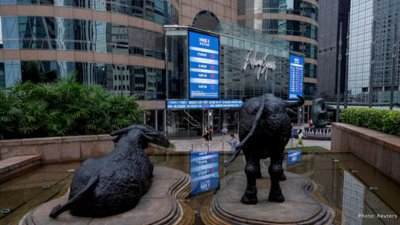




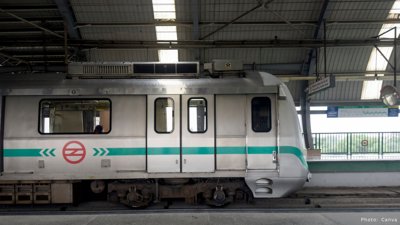

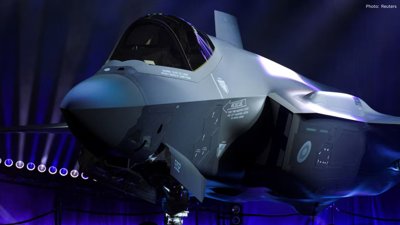
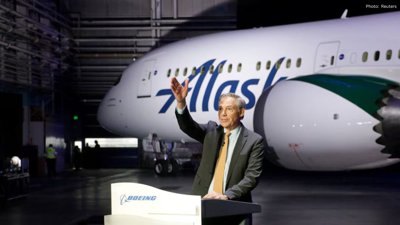

Advances in Aerospace Technology and Commercial Aviation Recovery
Insights into breakthrough aerospace technologies and commercial aviation’s recovery amid 2025 chall
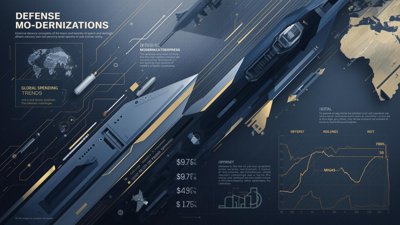
Defense Modernization and Strategic Spending Trends
Explore key trends in global defense modernization and strategic military spending shaping 2025 secu

Tens of Thousands Protest in Serbia on Anniversary of Deadly Roof Collapse
Tens of thousands in Novi Sad mark a year since a deadly station roof collapse that killed 16, prote

Canada PM Carney Apologizes to Trump Over Controversial Reagan Anti-Tariff Ad
Canadian PM Mark Carney apologized to President Trump over an Ontario anti-tariff ad quoting Reagan,

The ad that stirred a hornets nest, and made Canadian PM Carney say sorry to Trump
Canadian PM Mark Carney apologizes to US President Trump after a tariff-related ad causes diplomatic

Bengaluru-Mumbai Superfast Train Approved After 30-Year Wait
Railways approves new superfast train connecting Bengaluru and Mumbai, ending a 30-year demand, easi